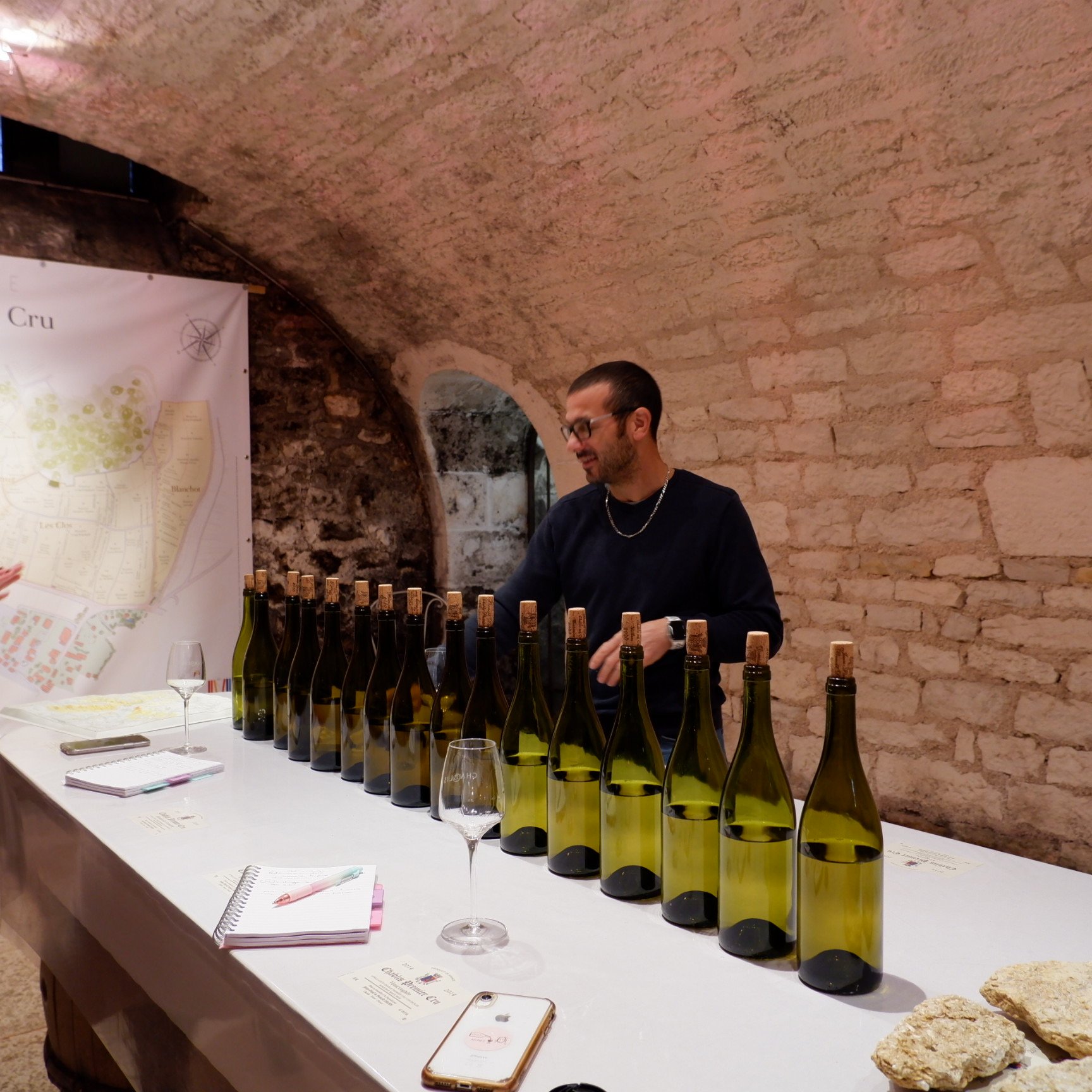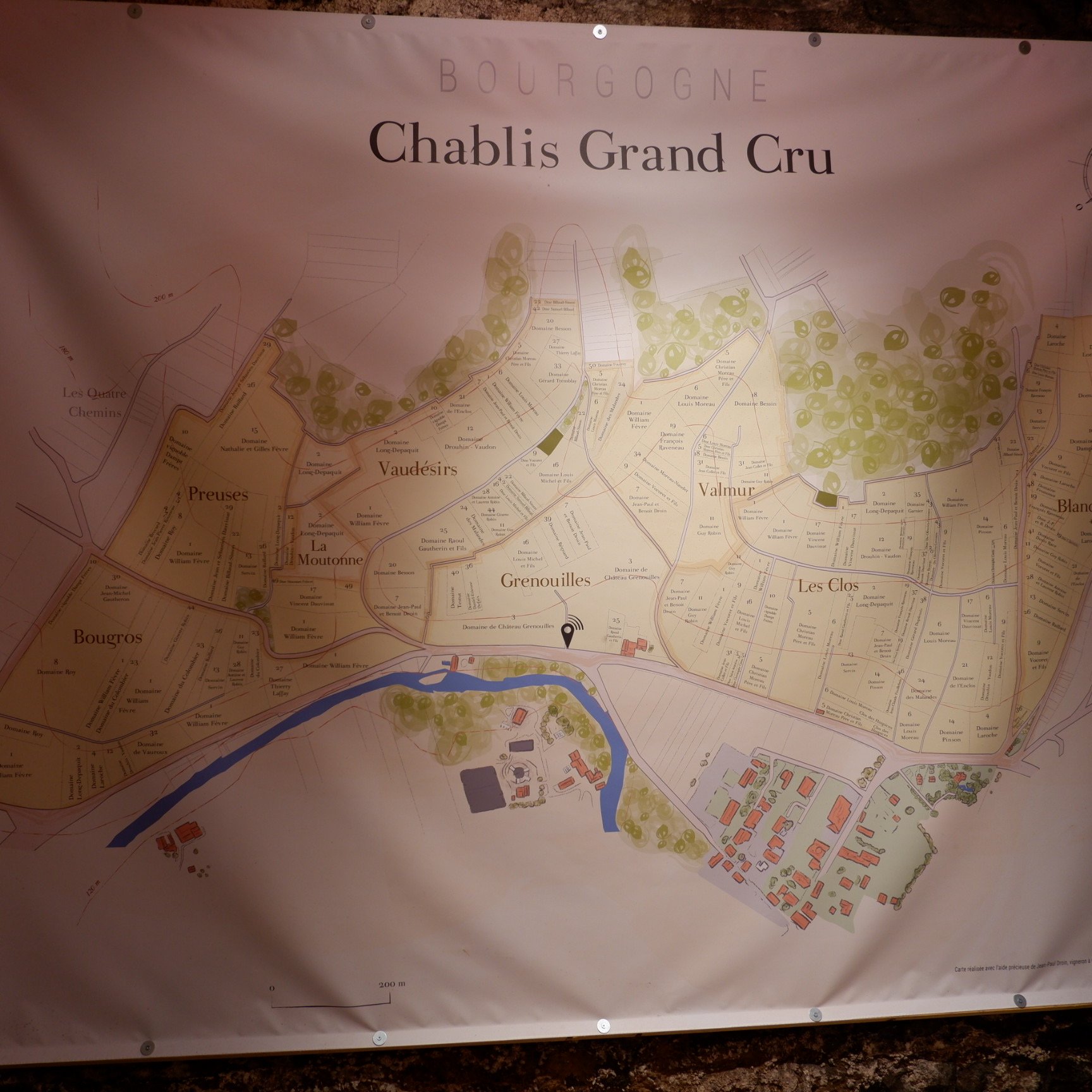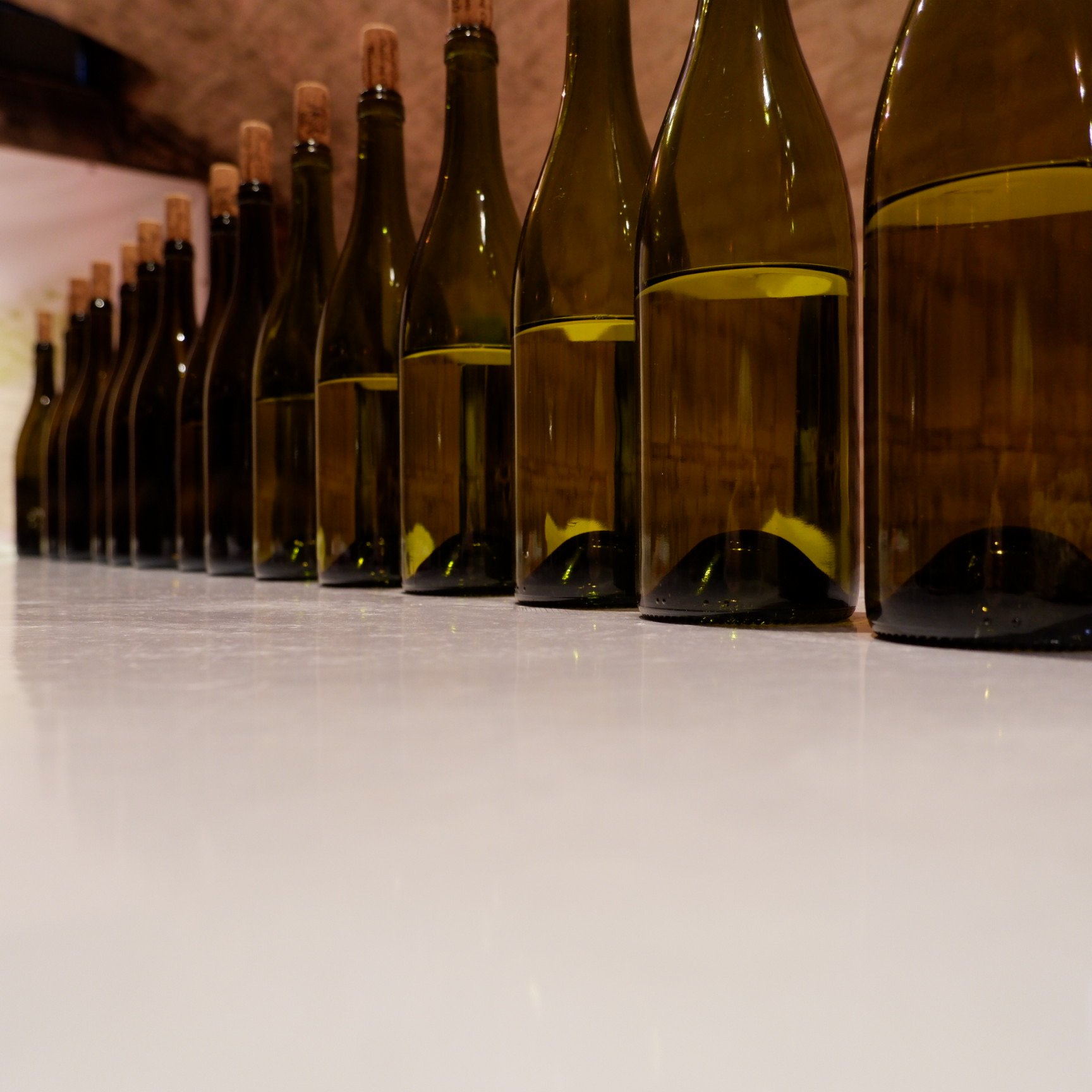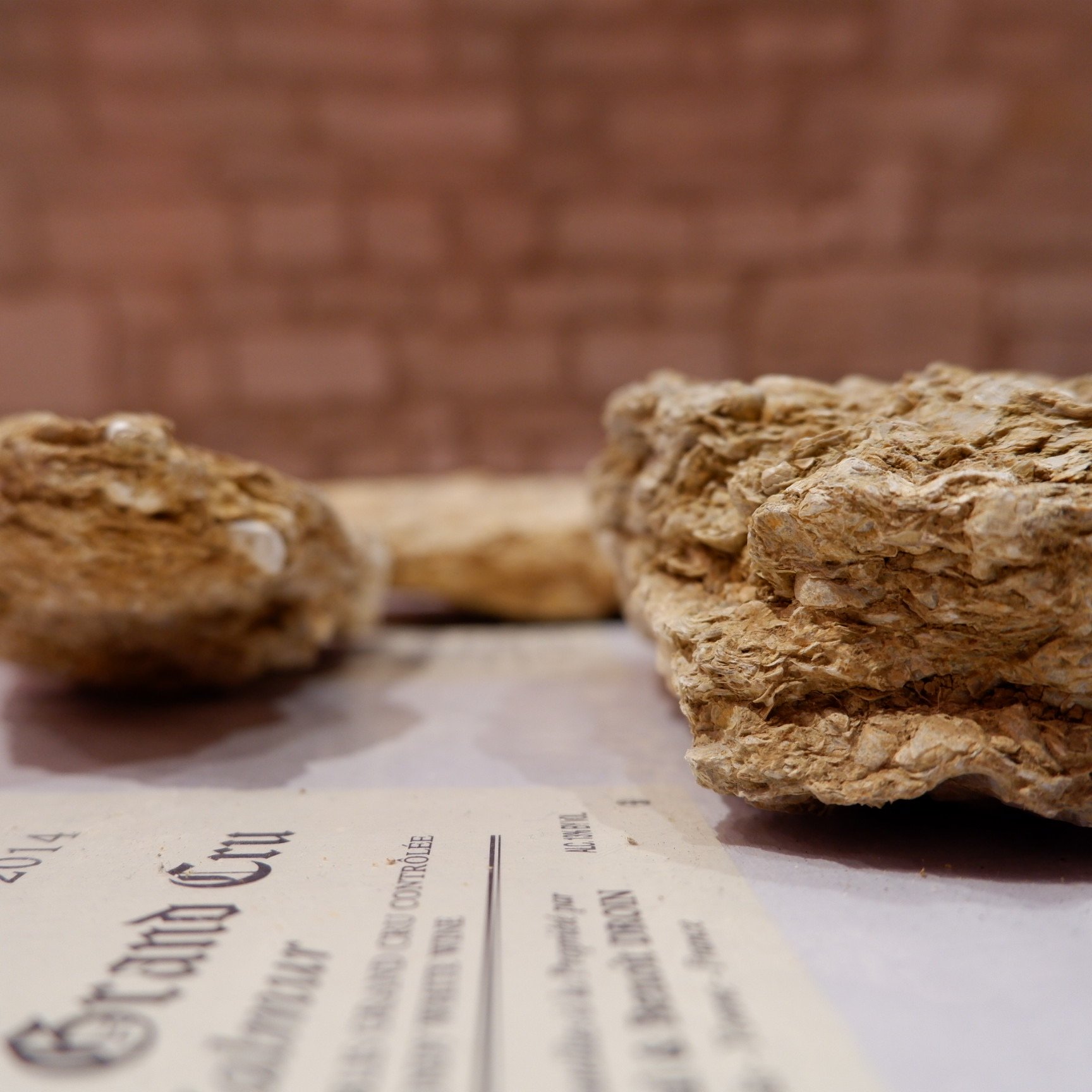Domaine Droin
“People often cite Domaines Raveneau and Dauvissat as the two greatest exponents of Chablis, however, I would like to add a third – Domaine Jean-Paul & Benoît Droin. Over the last five or six years, Benoît Droin has really ratcheted up the quality. I cannot exaggerate how often Droin’s wines end up the best of the flight during the annual “Burgfest” blind tastings. Again and again, they shine against stiff competition. It is time to accept that Droin is now one of the leading producers in Chablis.” Neal Martin, Vinous, August 2018
The Droins sit in the upper echelons of Chablisienne society and have an extraordinarily long history in the region - dating back to 1620 - making Domaine Jean-Paul & Benoît Droin one of the oldest domaines in Chablis. Benoît represents the14th generation with his first vintage in 1999, aged just 20. He studied at Beaune though came straight back to Chablis doing stages at Vincent Dauvissat and Domaine Laroche and has gone on to be one of the finest vignerons in the region. He never felt the need to work anywhere else and has dedicated himself to understanding Chardonnay in Chablis.
Benoît’s father Jean-Paul put the domain on the map but Benoît has taken it from strength to strength. We have been tasting here for almost 10 years and the wines get better each vintage, although an exceptional Les Clos ‘02 enjoyed at Au Fil du Zinc in Chablis last year demonstrated just how well these wines age, even if Benoît has further fine-tuned his winemaking in subsequent vintages. He has revised his pruning system, significantly reduced yields, ploughs his soils and since the 2013 vintage reverted back to the use of indigenous yeasts. He is less interventionist but practises lutte raisonnée rather than strict organic viticulture. He believes working and looking after the soil is fundamental, but wants the freedom to step in if needs be.
In the cellar the principal change has been the movement away from new oak. Oak is still utilised in the élevage of his wines but not systematically and there are continuous small tweaks to the provenance, age and percentage depending on the climat and vintage - the maximum new oak used is ten per cent. Interestingly, in some cuvées, such as his Grand Cru Blanchots, Benoît chooses to eschew the use of oak, believing that the wine is more interesting sans fut.
Tasting with Benoît is endlessly fascinating and insightful and offers a rare chance to taste so many cuvées, each transcribing their terroirs so exactingly, side-by-side. There is a sincere reflection of the soil and the nuances of each climat is brought to the fore, and never overpowered, by Benoît. He has often said he thinks there are two different styles in Chablis, depending on whether it has been a cold or hot vintage, and the trajectory of these wines is very different in terms of ageing. Cold vintages develop salty, oyster and petrol notes whereas warmer vintages develop more savoury notes of the forest, mushrooms, toast and honey. In a warm vintage he says the wine can still live 15-20 years. However there are two windows for drinking: the first is up until the wine is three years old, when it is fresh. If you miss this window wait 7-10 years as if you hit the wine in that awkward adolescent phase the wine can be closed and awkward.





